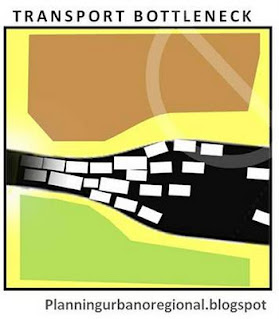By- Anoop Jha
In the developing countries like India very little attention has been given to the planning of barrier free environment for Differently abled and old age population of any existing city. Though many of new cities and township projects consider and incorporate the design elements of barrier-free environment in actual implementation of such principals following the prescribe guidelines are doubtful and need a comprehensive survey and documentation as part of post occupancy evaluation both at building level as well as master-plan level. In most parts of the existing cities there are not sufficient facilities even for normal pedestrians like, continuous footpaths, not to speak of facilities for differently-abled and old age people. Though there are “Guidelines and Space Standards for Barrier Free Built Environment for Disabled and Elderly Persons” but there are also loopholes in term of final outcome of implementation and functionality at building and city level for creating integrated barrier free environment. These guidelines need to be mandatorily integrated with the comprehensive Transport Masterplan, Zonal Plans, masterplans, local area plans, township and housing plans. Considering the importance and urgency of issue these guidelines and standards need to be implemented as widely and as strictly as possible for the well being of citizens.
Contemporary fragmented Barrier-free planning calls for integration
 |




